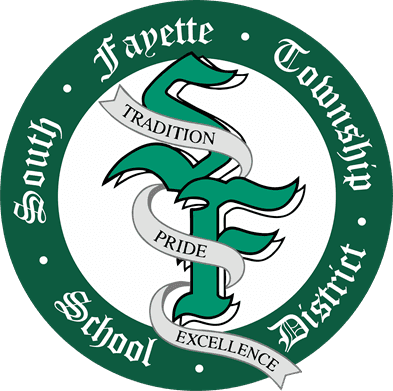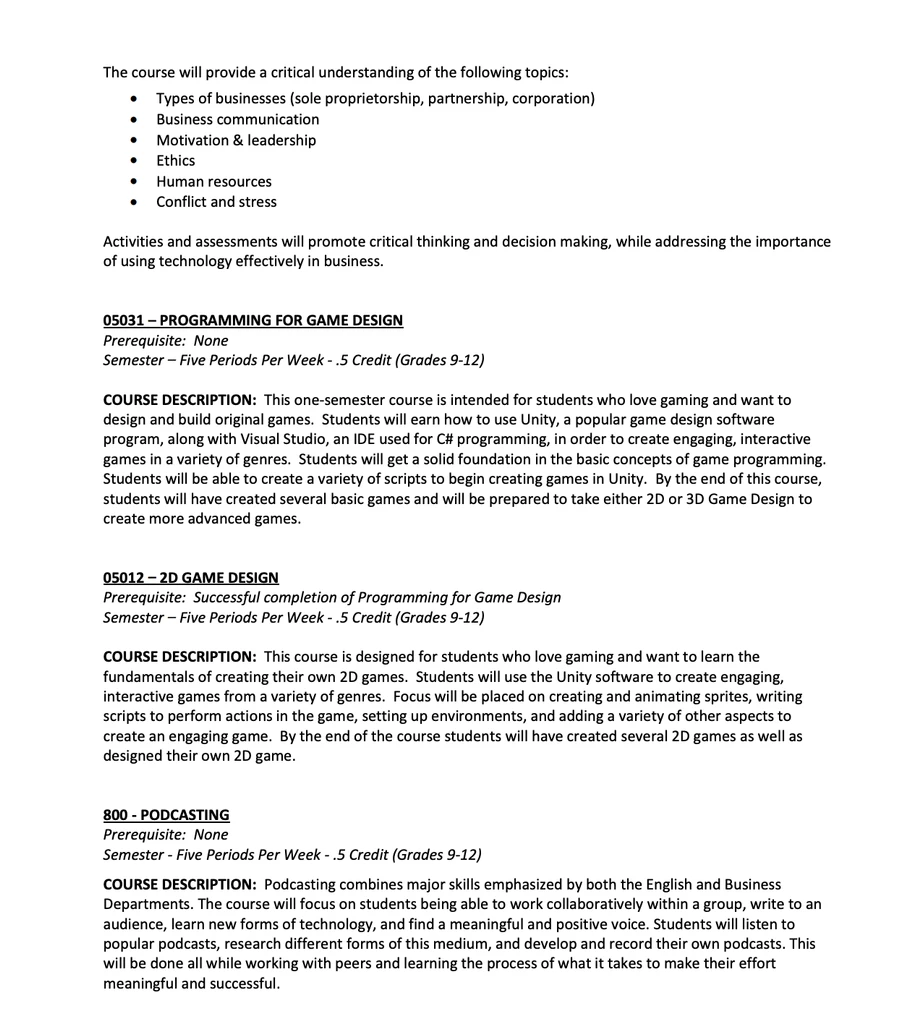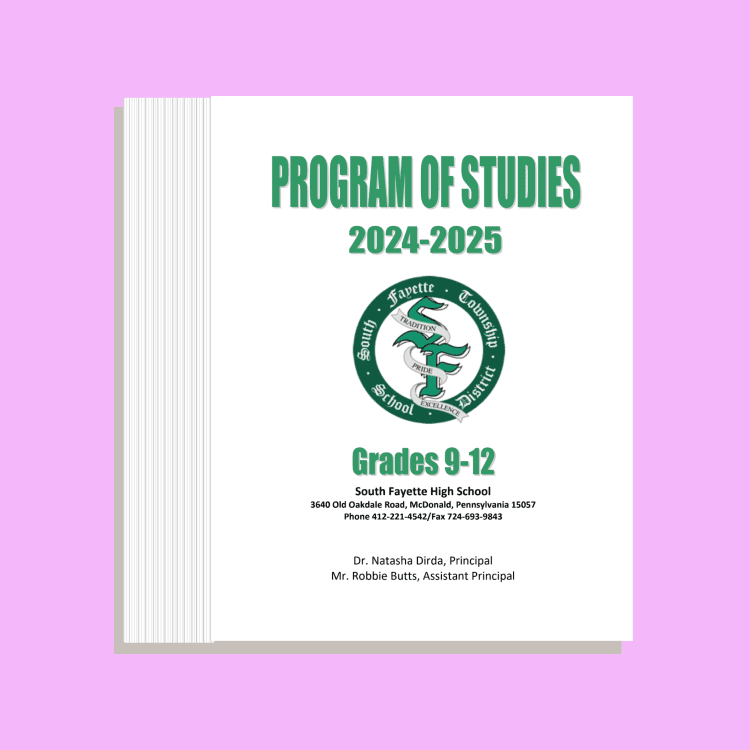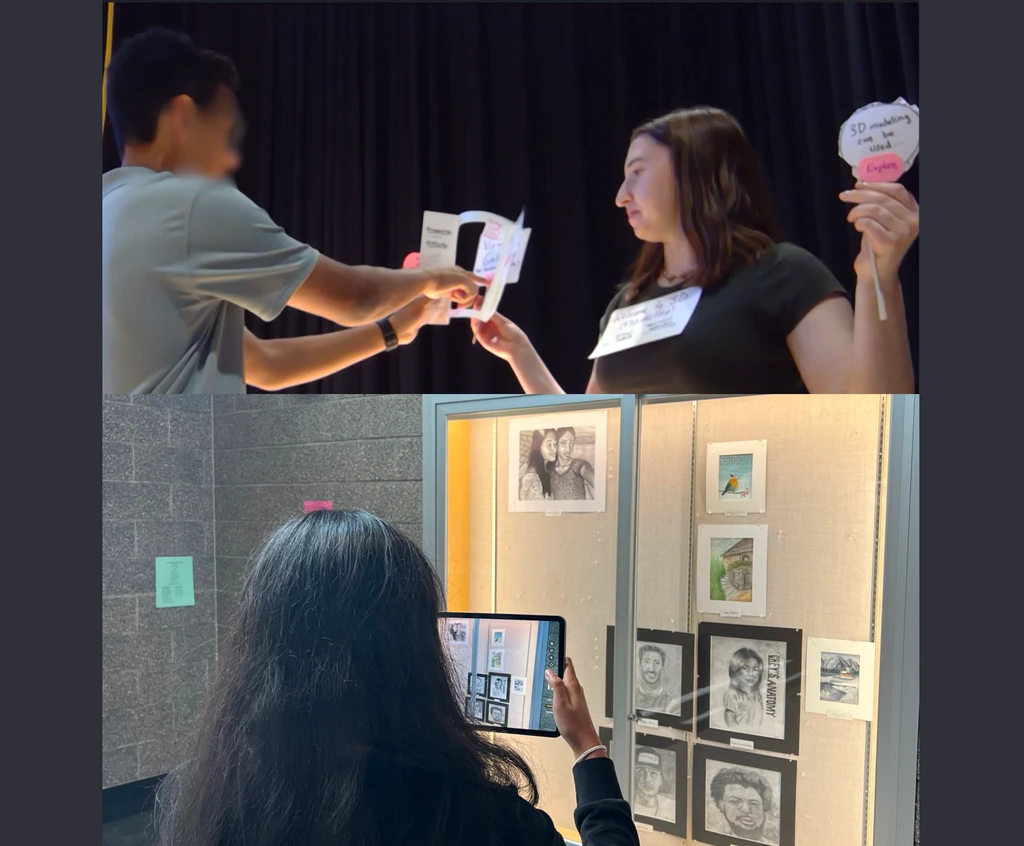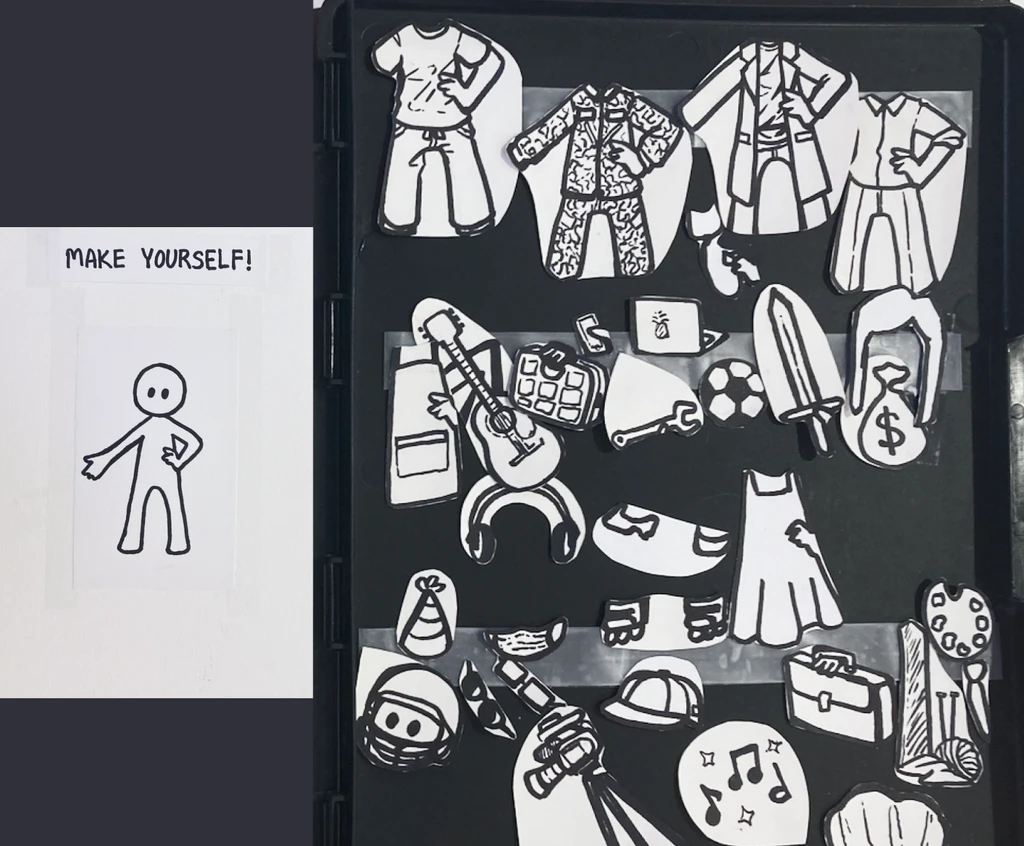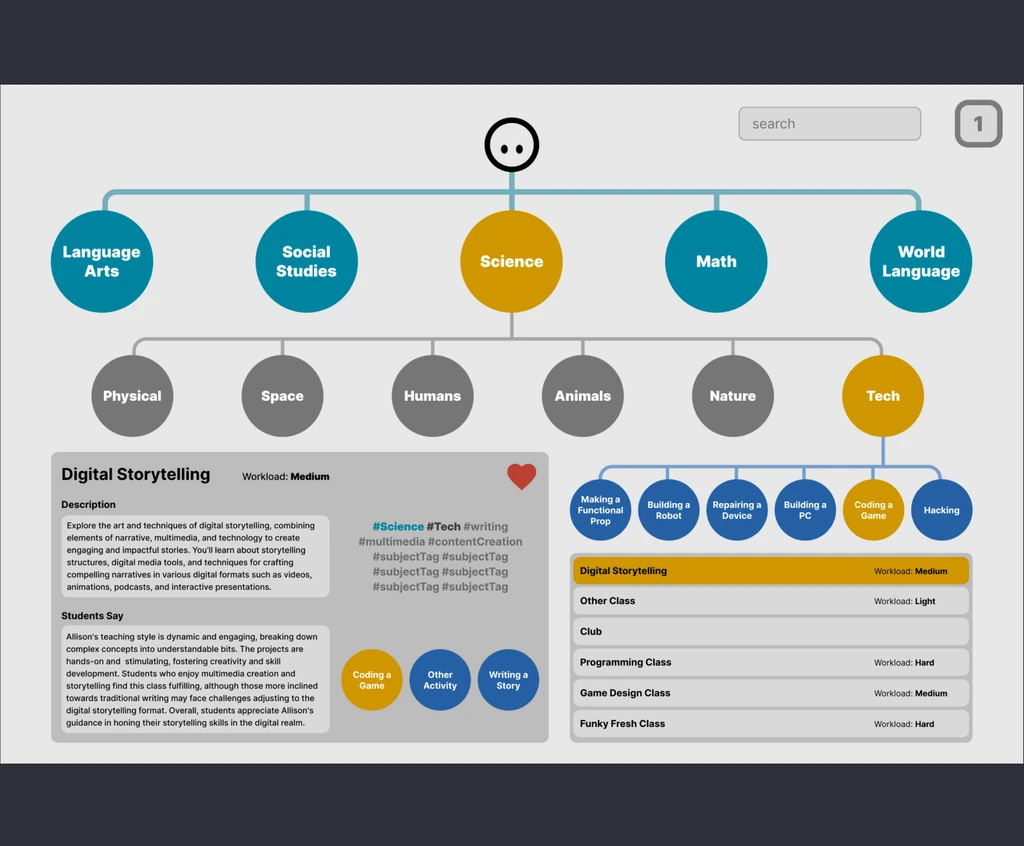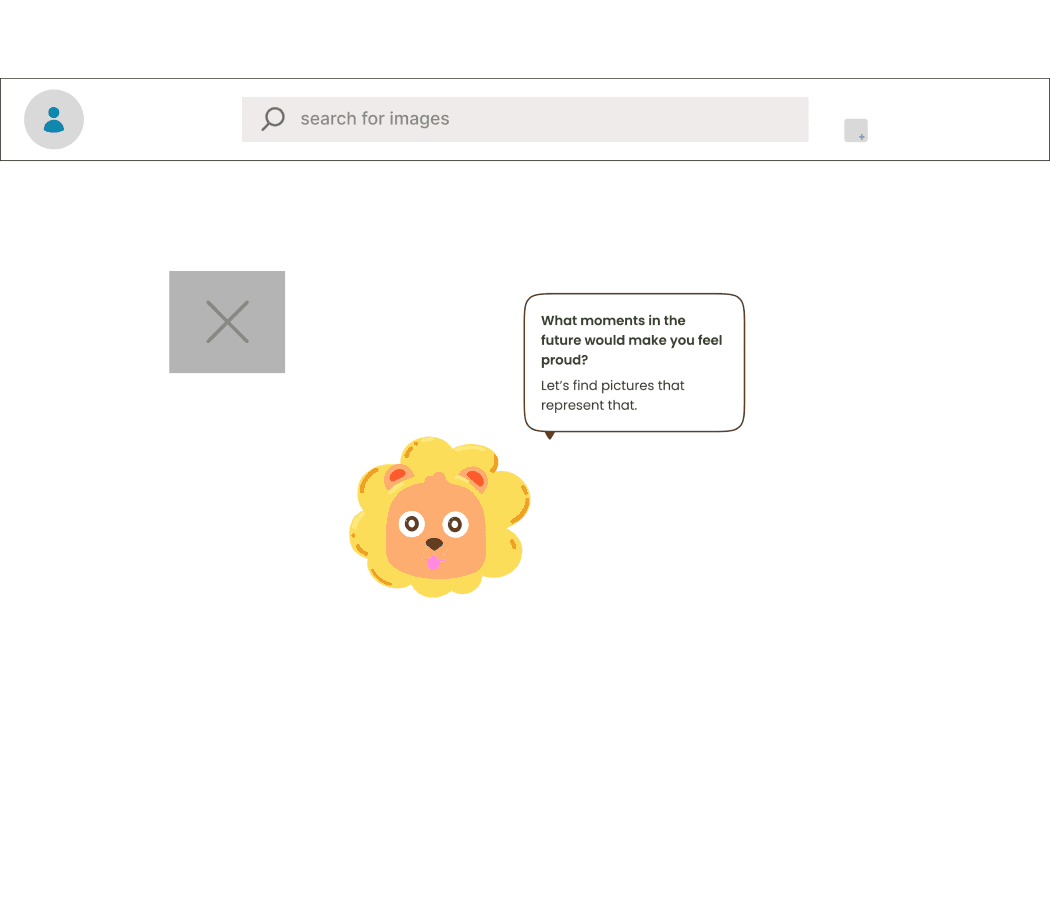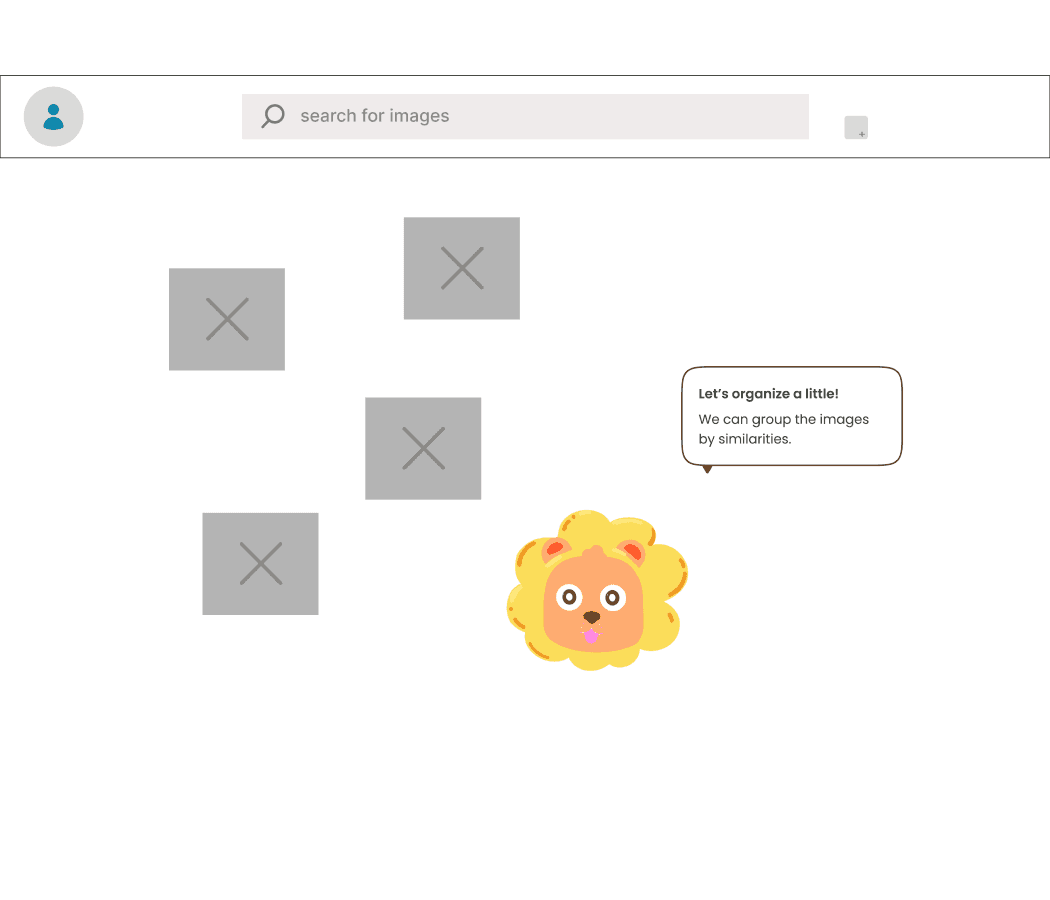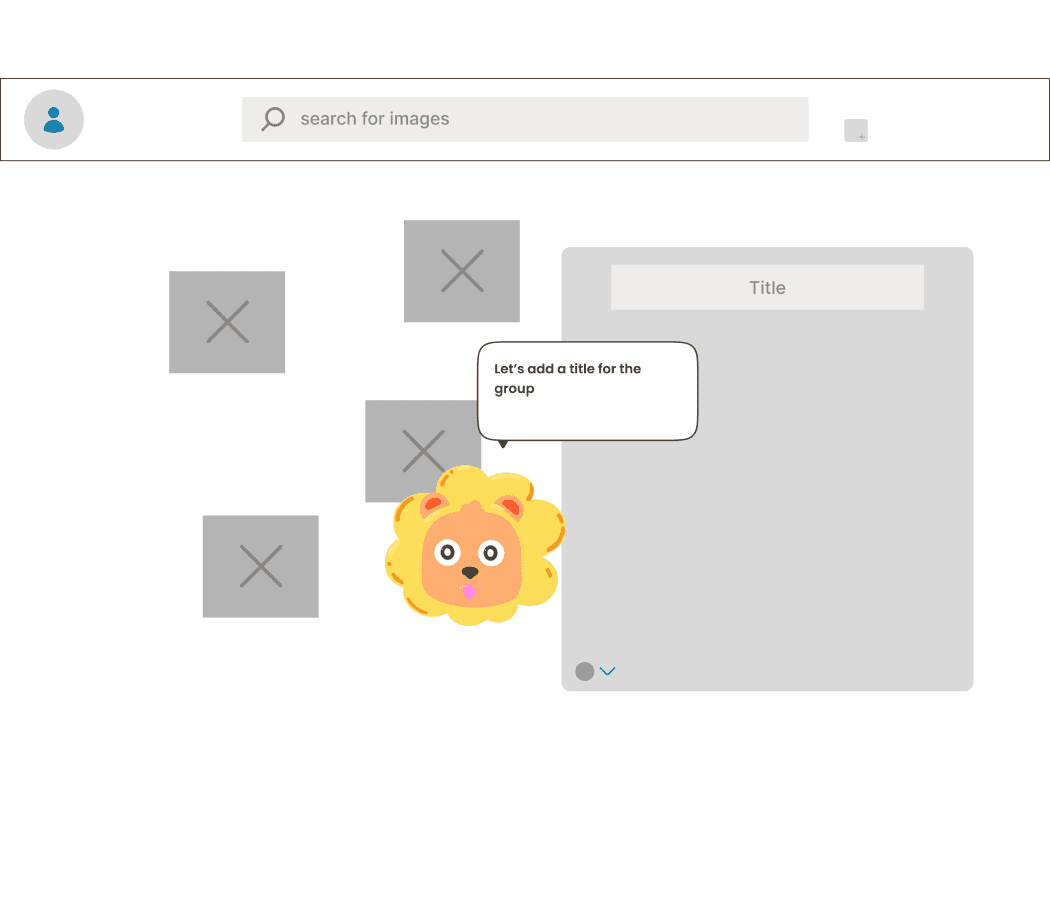Client
South Fayette School District
Duration
8 months
Team
4 member contract project
Role
Product Designer
Task
Design a solution that inspires high schoolers to explore different classes during course registration
Project Overview
I worked as a main Interaction and Product Designer for the prototype, mockups, and presentation design system
the pdf in question

